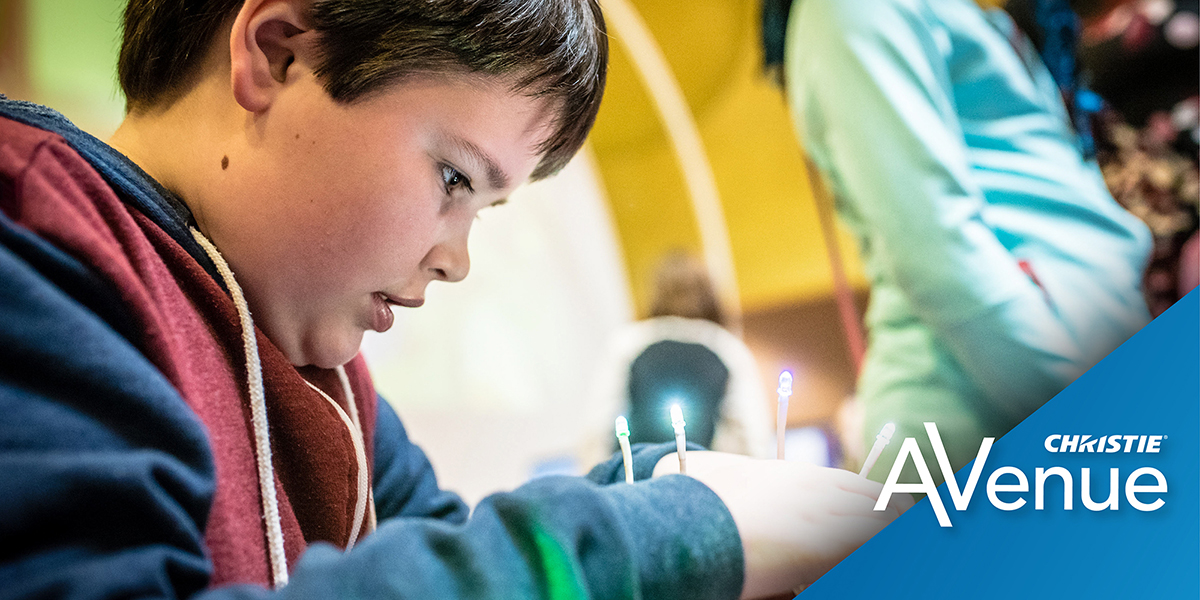Something to look forward to
It's not about the past at THEMUSEUM

Museums have always wanted to show us the astonishing — and to explain why we should be astonished. For many museums, this means looking to the past and to ancient artifacts and detailed explanations. But isn’t making sense of what’s special in the modern world just as important? Without understanding where we are, how can we truly appreciate how we got here?
Offering exhibits that look to the past and the future makes THEMUSEUM a special place. Hugely successful — especially with families and children — it’s almost unique in that it doesn’t have a collection, and so its worldview is not built around the items it owns.
David Marskell, THEMUSEUM’s CEO, takes up the story. “We now attract over 100,000 people each year and have more children and families visiting than ever — not bad for a region of around 600,000 people. Some of the exhibitions we’ve had recently include The Rolling Stones Unzipped exhibition, which kind of blew the lid off this community, we’ve had a Warhol show, we’ve had dinosaurs, we’ve had the Titanic.”
And he has interesting views on what children are interested in.
“I believe it’s time for museums to stop worrying about their collections and start interpreting more. If children need to do something on a guitar, or ancient cultures, they can go on a website, find 48 examples, and read all about it. But being in front of somebody with a guitar, asking about it, holding it, and feeling the vibrations, that’s a whole other dimension you can’t recreate online.”
That experiential, interpretive, and, yes, Instagrammable approach is refreshingly unstuffy and has led to exhibitions such as THEMUSEUM’s new EYEPOOL digital gallery, which recently launched “IMPOSSIBLE GEOMETRIES”. EYEPOOL uses 14 Christie Inspire Series 1DLP® laser projectors to create an immersive experience where the content follows visitors around. Once inside, you can’t help but question the limits and bounds of your physical environment. The content created by Axis-Z Media Arts (AZMA) challenges perceptions of what here and now means, and asks us to consider if the past, present, and future are as separate as we think.
But this is THEMUSEUM, and if there’s an experience, there’s sure to be interpretation and education too. At The Underground Studio MakerSpace, students can learn by doing — using conductive tape and thread to learn how printed circuits work or using the Scratch platform to program their own animations.
David Marskell again. “Because the Kitchener-Waterloo area is known for its technology — it’s where Blackberry created the first smartphone — digital spaces are natural for us, and having Christie, as a visual technology innovator and a neighbor, certainly helps too. The overriding key to museums is that they have to be relevant to the lived experiences of their audiences, and they have to offer more than can be found online.”
You still have to show people astonishing things — but you have to do it in astonishing ways.






